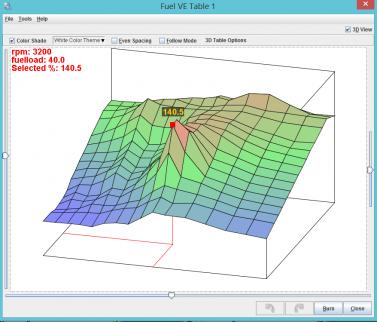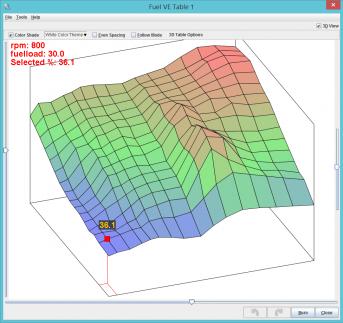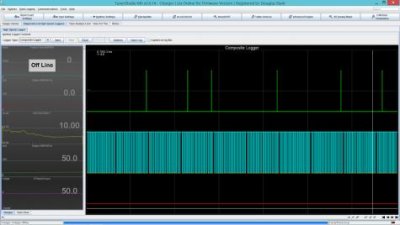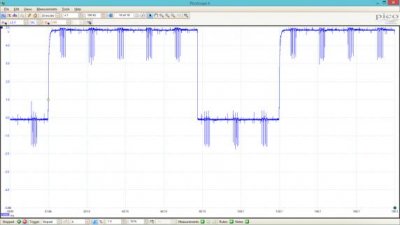dpstark2
Well-Known Member
I got the throttle fixed and now have an extra 8% of throttle. So I guess I was getting about 92% WOT before. That 8% makes a difference! Cold starts are getting dialed in, as is the accelerator pump function. It is take WAY less fuel on tip in than before to handle the lean spikes.
Having done this in stages, I would generally recommend going straight to MPFI at this point. TBI was a good test bed for me, and CHEAP, but it caused way more headaches that I thought it would. I would be ahead if I had gone straight to MPFI at this point.
Consider this VE table from TBI:

And then this one now:

Sorry. I know the angles are different, but notice the MPFI table is much smoother and lacks the weird peaks. Something was clearly not right with the previous setup. I wish I had the tools and knowledge to know what it was.
Having done this in stages, I would generally recommend going straight to MPFI at this point. TBI was a good test bed for me, and CHEAP, but it caused way more headaches that I thought it would. I would be ahead if I had gone straight to MPFI at this point.
Consider this VE table from TBI:

And then this one now:

Sorry. I know the angles are different, but notice the MPFI table is much smoother and lacks the weird peaks. Something was clearly not right with the previous setup. I wish I had the tools and knowledge to know what it was.

















